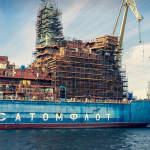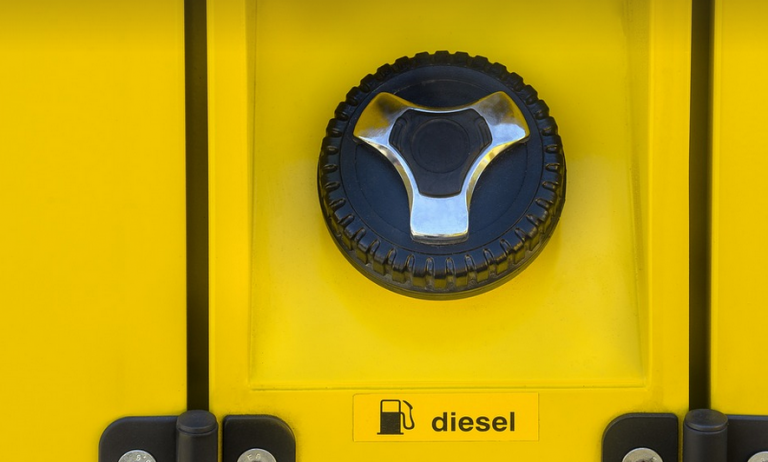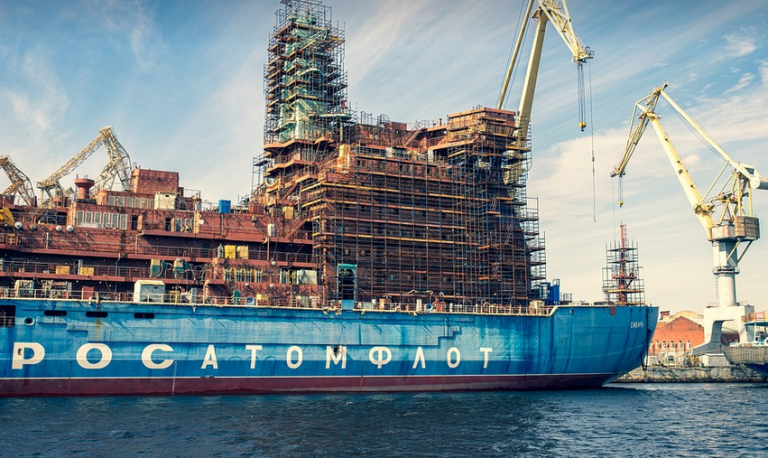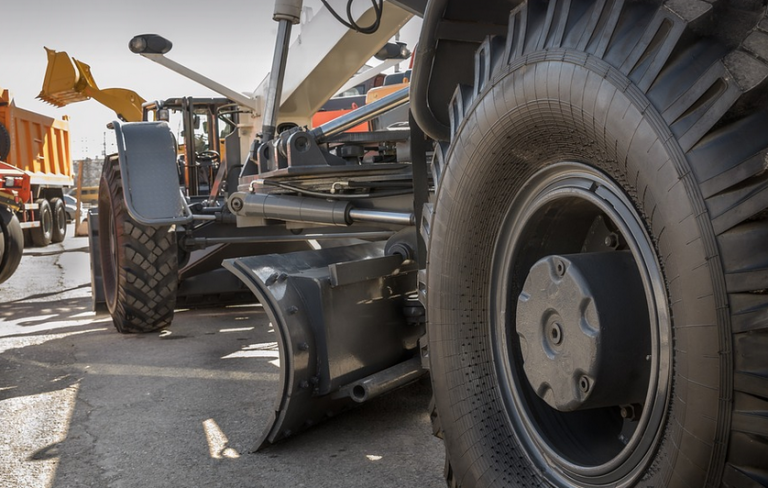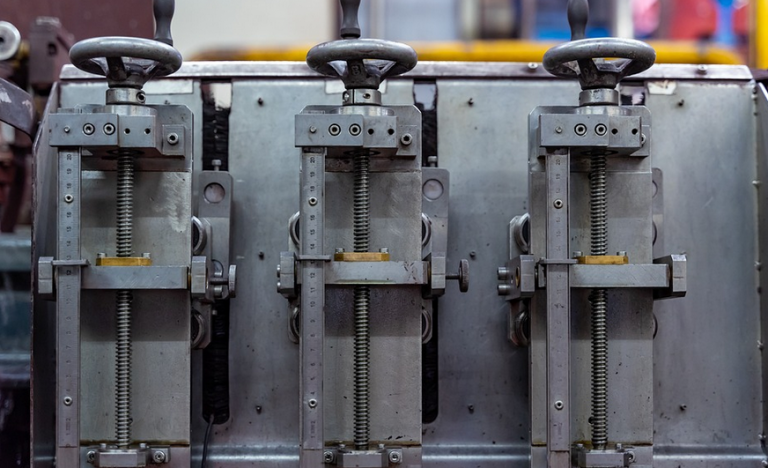What is MIG Welding?
MIG welding, or Metal Inert Gas welding, is one of the most popular welding processes around today. It’s known for its versatility, speed, and ease of use. It’s all thanks to the combination of an electric arc, shielding gas, and a consumable electrode wire that fuses metals together effortlessly. MIG welding is perfect for projects ranging from small DIY repairs to large-scale construction jobs.
The Importance of Shielding Gas
What makes MIG welding so efficient? It’s the shielding gas, also known as the “MIG” in MIG welding. This specialized gas acts like a protective barrier around the molten metal pool, preventing oxygen and atmospheric contaminants from damaging the weld and creating weak points. Without it, these elements would quickly react with the molten metal, leading to porosity or contamination, which ultimately weaken welds and compromise their integrity.
75/25 Argon-CO2 Mix: The Perfect Formula
MIG welding gas choices vary, but 75/25 Argon-CO2 is a go-to formula for most MIG welding jobs. Why? This mix offers the perfect balance between shielding efficiency and cost-effectiveness. It’s also very versatile, providing excellent protection against oxidation during welding on various metals.
**What Makes 75/25 Unique?**
The precise blend of 75% Argon (a highly inert gas) and 25% Carbon Dioxide (CO2) makes this mix stand out. Argon is a key player in preventing oxidation, keeping the weld pool clean and clear from contaminants, which prevents defects like porosity or discoloration. The inclusion of CO2 helps to provide a deeper penetration into thicker materials, ensuring stronger welds.
Why Is 75/25 So Popular?
The popularity of the 75/25 argon-CO2 mix boils down to its versatility and effectiveness. It’s excellent for welding on both ferrous and non-ferrous metals; it handles thin materials well, ensuring precise control. Additionally, it delivers a robust weld without sacrificing cost-effectiveness, making it an ideal choice for commercial applications or DIY projects alike.
The Advantages of Using 75/25 MIG Welding Gas
Using the right shielding gas is crucial because it impacts your welding process in more ways than just protecting the weld pool: *
**Minimized Porosity:** This gas effectively inhibits porosity formation, resulting in smoother, stronger welds.
**Improved Weld Penetration:** The CO2 content allows it to penetrate deeper into thicker materials, resulting in a more substantial and robust weld.
**Enhanced Corrosion Protection:** The inert gas prevents unwanted reactions with the molten metal, creating a corrosion-resistant and long-lasting weld.
Choosing the Right Gas: Beyond the Basics
While 75/25 is a go-to choice for many welders, other mixes exist, each offering specific benefits or challenges depending on your project’s needs: * **100% Argon:** This highly inert gas delivers excellent arc stability and penetration but can be more expensive than the 75/25 mix. It excels in welding aluminum due to its low reactivity with the metal. * **CO2-Only:** This option is ideal for specific metals like stainless steel, where CO2’s high solubility helps create a cleaner weld without oxygen contamination.
**Factors to Consider When Choosing MIG Gas**
Putting 75/25 to Work: From Beginner to Pro
Whether you’re just starting out with MIG welding or are an experienced professional, understanding the importance of proper shielding gas is essential. Here’s a guide on how to use 75/25 effectively for your next project: *
**Preparation:** Ensure your MIG welding machine and equipment are set up correctly before using any gas mix.
*
**Safety First:** Always prioritize safety when working with arc welders, wearing appropriate protective gear like gloves, eye protection, and a welding helmet is crucial.
* **Gas Supply:** Ensure you have a reliable gas supply, preferably one with consistent flow rates for optimal performance. *
**Practice Makes Perfect:** Start with practice welds on scrap metal to get familiar with the process before tackling any real-world project.
Maintaining Your 75/25 Gas Supply
Maintaining your gas supply is essential for smooth welding operations and preventing downtime:
*
**Regular Inspection:** Periodically check if your gas cylinder is properly sealed, and ensure there are no leaks or damage.
*
**Storage:** Store gas cylinders safely and securely to prevent potential accidents or spills. The best storage method for a MIG welding gas is in a cool, dry place away from incompatible materials, heat sources, and direct sunlight.
The Future of 75/25: Innovation & Efficiency
Looking ahead, the world of MIG welding is constantly evolving with new advancements. While 75/25 remains a reliable choice for many projects, future innovations will likely focus on even more efficient and economic gas mixes.
**Potential Innovations:**
* **Precision Gas Control:** Advanced control systems might enable precise gas flow adjustment, leading to reduced waste and increased welding efficiency.
* **Smart Gas Sensors:** Incorporating smart sensors to constantly monitor the gas quality and adjust accordingly can further enhance weld quality and longevity.
* **Bio-Based Gases:** Research into sustainable and eco-friendly gas mixtures could usher in a new era of responsible welding practices.
**Conclusion**
In the world of MIG welding, where efficient and reliable processes are crucial for achieving superior quality welds, understanding why 75/25 argon-CO2 is such an effective choice becomes evident. This blend offers a perfect balance between shielding efficiency, cost-effectiveness, and versatility. Investing in 75/25 gas is an investment in your welding success!
